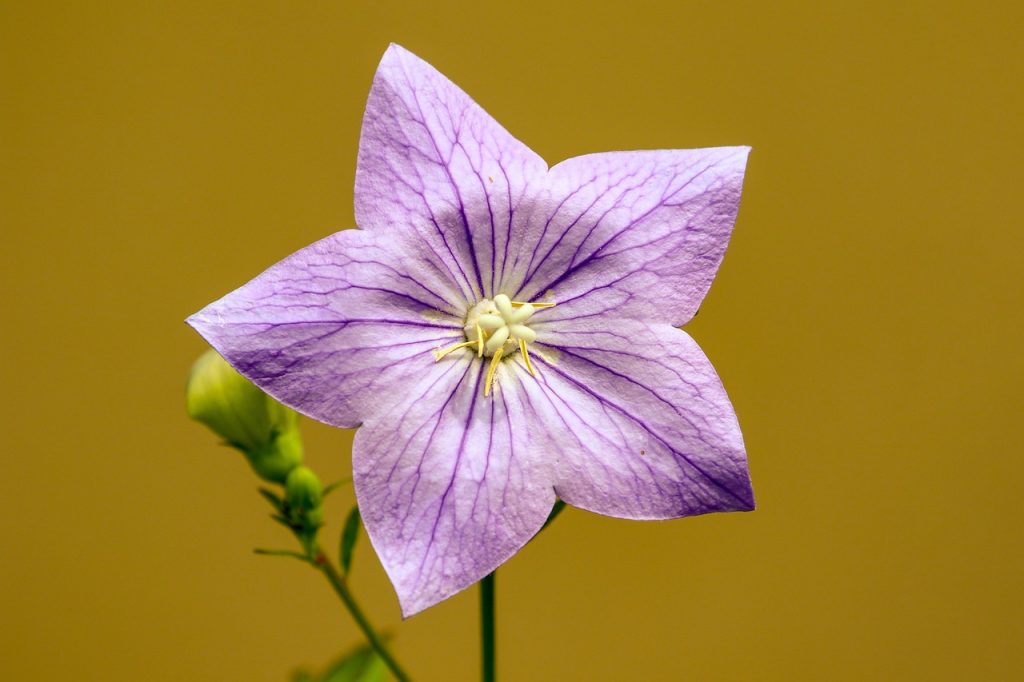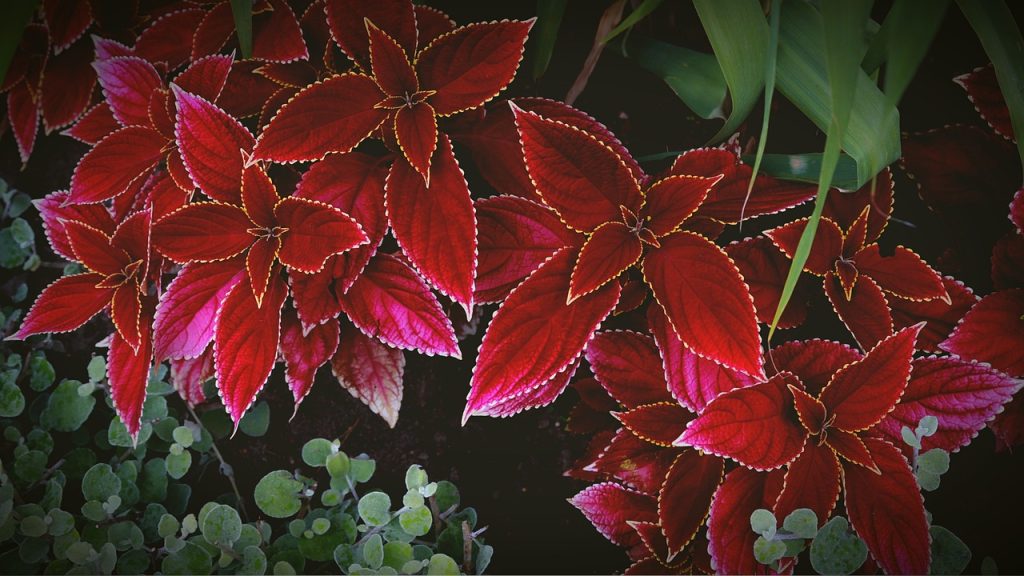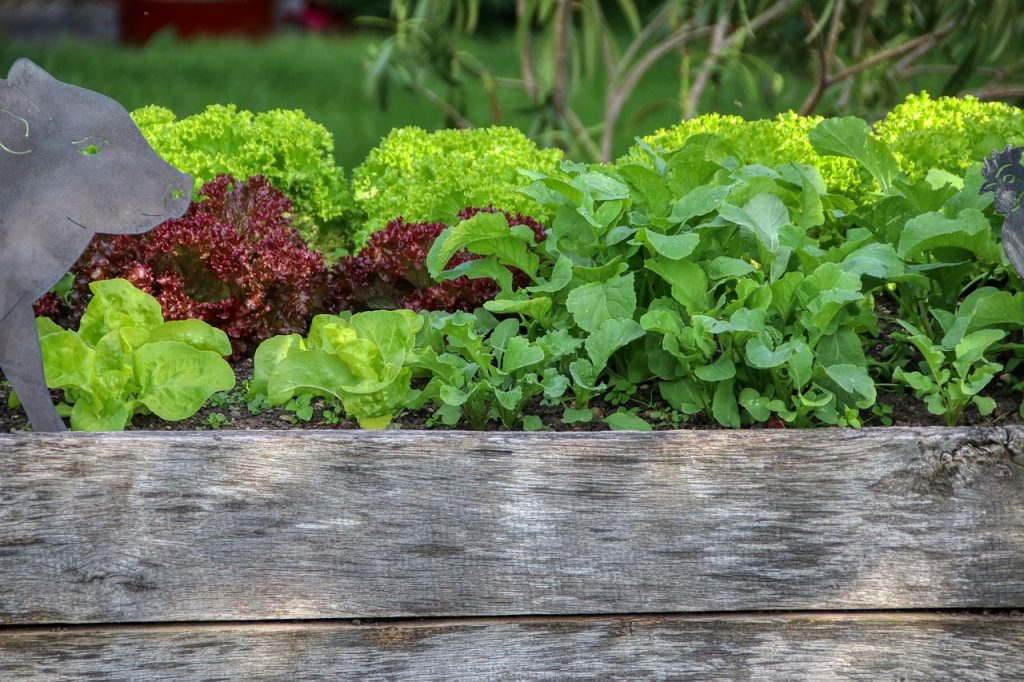Welcome to the wonderful world of outdoor gardening, where the soil is rich with potential and the air is filled with the promise of lush growth. Whether you’re a seasoned gardener or a curious newbie with a desire to coax life out of seeds, this guide is designed to walk you through the essentials of creating and nurturing your own outdoor garden. From selecting the right spot to understanding the basics of plant care, we’ll explore all the key steps to help your garden thrive.
Choosing the Right Location for Your Garden
One of the foundational steps in gardening is choosing the optimal location for your plants. Not all spots in your yard will yield the same results, and different plants have varying needs in terms of light, water, and soil quality.

Consider Sunlight Exposure
Most flowering plants and vegetables require at least six hours of direct sunlight per day. Observe your potential garden area throughout the day to identify how sunlight moves across the space. This will help you decide where to place certain plants depending on their sun exposure needs.
Analyze the Soil Type
The type of soil in your garden greatly influences the health of your plants. Some plants thrive in sandy soil, while others prefer clay or loam. Consider getting a soil test from a local extension service to understand your soil’s texture, nutrient levels, and pH. This information can guide your choices in both plant selection and soil amendments.
Accessibility and Aesthetics
Think about how the garden integrates with the rest of your home landscape. Ensure that it is easily accessible for watering, weeding, and enjoying the fruits of your labor. Also, consider the visual aspects of how the garden will look from different viewpoints around your property.
Preparing Your Garden Bed
Once you have a spot picked out, it’s time to prepare the garden bed. This stage is crucial for setting up a nurturing environment where your plants can flourish.
Clearing the Ground
Start by clearing the area of any weeds, stones, or debris. This includes removing any grass areas that might compete with your new plants for nutrients and water.

Improving the Soil
Based on your soil test results, you may need to enrich your soil. This could involve adding compost, manure, or other organic material to improve nutrient content and soil structure. For very dense soil, consider mixing in some sand to improve drainage.
Deciding on Raised Beds or In-Ground Planting
Decide whether you want to plant directly in the ground or use raised beds. Raised beds can offer better drainage and can make it easier to control soil quality. They also reduce strain on your back when bending down to tend your plants.
Selecting the Right Plants
Choosing the right plants for your garden is both an art and a science. You need to consider not only the environmental conditions but also your personal preferences and the garden’s purpose.
Understand Your Climate Zone
Knowing your climate zone will help you pick plants that are most likely to succeed in your local conditions. This includes understanding frost dates, temperature ranges, and typical weather patterns.
Consider Plant Compatibility
Some plants can benefit others when planted together—a practice known as companion planting. For example, marigolds can deter pests from tomatoes and other vegetables. Research plants that are beneficial to each other and those that might inhibit growth.
Think About Maintenance Needs
Be realistic about how much time and effort you can dedicate to garden maintenance. Some plants require more care than others. Opt for native plants or low-maintenance varieties if you’re looking for a more carefree garden.
Maintaining Your Garden
With your garden all set up, maintaining it becomes the ongoing challenge. Regular attention and care will keep your garden healthy and productive.
Watering Wisely
Water needs can vary significantly between different types of plants and even among the same species depending on environmental conditions. Establish a consistent watering schedule that meets your plants’ needs without overwatering.
Managing Weeds
Keep weeds under control to prevent them from competing with your plants for nutrients and light. Mulching can significantly help reduce weed growth and also helps to keep soil moisture levels stable.

Pruning and Deadheading
Regular pruning helps to promote healthy growth and improves airflow around plants, reducing the risk of disease. Deadheading spent flowers encourages plants to produce new blooms.
Summary
Starting an outdoor garden can be a rewarding experience that enhances your connection to nature and provides a refreshing escape from the hustle and bustle of everyday life. By following the steps outlined in this guide—from choosing the right location and preparing the soil to selecting plants and maintaining your garden—you’ll be well on your way to creating a beautiful and thriving garden.
FAQ
What are the best plants for beginners in gardening?
Beginners might find success with low-maintenance plants such as sunflowers, marigolds, zinnias, tomatoes, and basil. These plants are generally forgiving and can thrive with basic care.
How often should I water my garden?
The frequency of watering depends on several factors including the type of plants, soil, and weather conditions. A general rule is to water deeply but infrequently to encourage deep root growth. Check the soil moisture regularly to determine when to water.
What is companion planting and how can it help my garden?
Companion planting involves strategically placing plants together to benefit each other. This can be through pest control, improved pollination, or better use of space. For example, planting basil near tomatoes can help to repel pests and enhance flavor.
Embrace the joy of gardening, and watch as your garden becomes a vibrant symbol of nature’s beauty and resilience. Happy gardening!